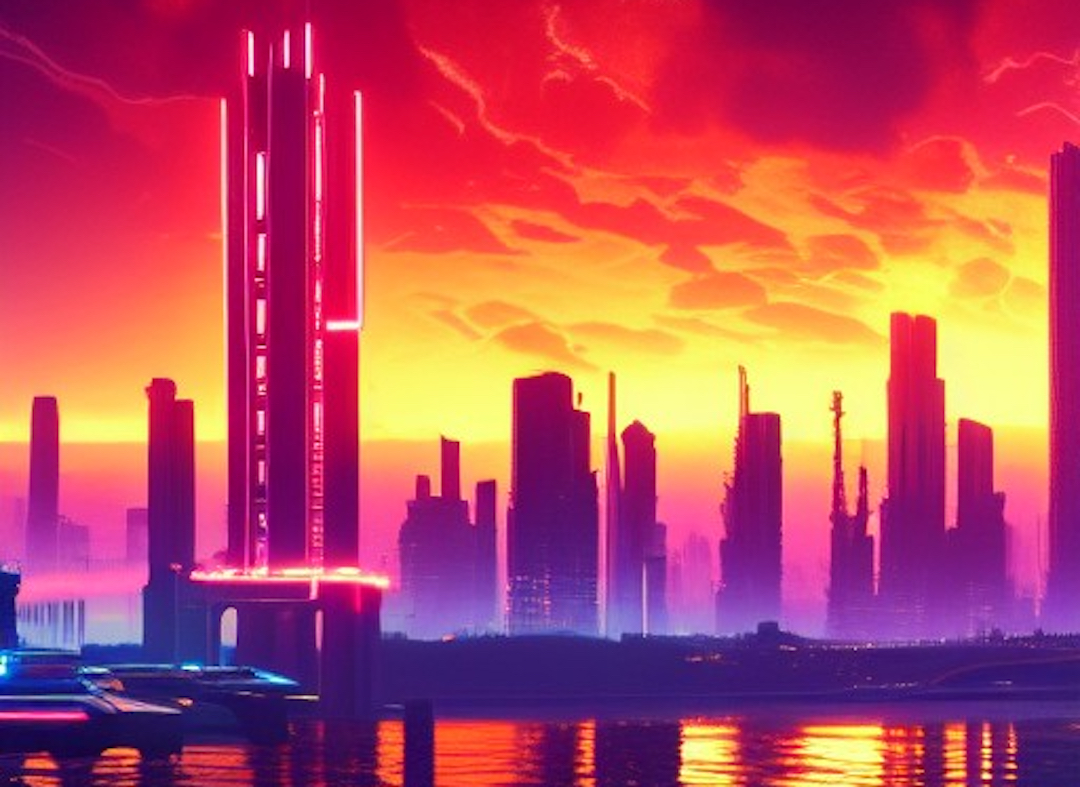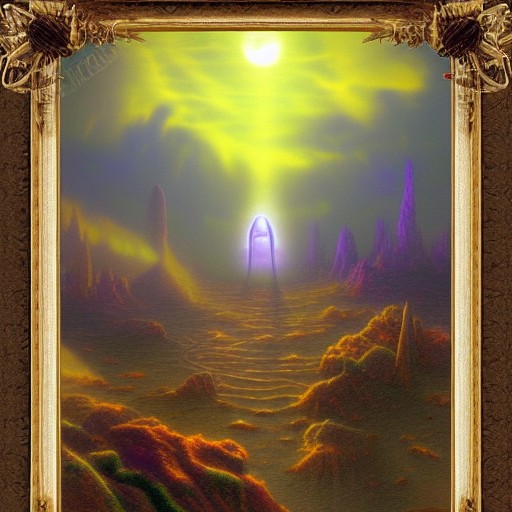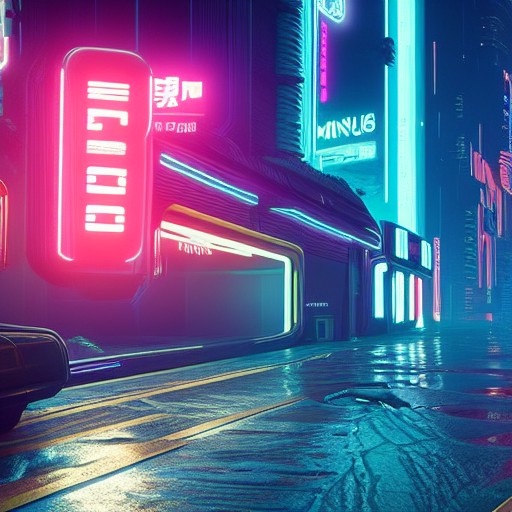‘Stable Diffusion’ Tool Debuts To Bring Open-Source AI Art Creation To Everyone
By Nicole Rodrigues, 10 Sep 2022

As artificial intelligence (AI) churns out one award-winning masterpiece after another, it looks set to upend the future of the art world. Now the sea change is charging forward faster than ever as one AI art generator attempts to democratize the technology and put it in the hands of the people.
Previously, systemssuch as OpenAI’s DALL-E 2 remained behind a wall of exclusivity, where creatives had to get onto a waiting list before being granted access. Now, Stable Diffusion is opening the floodgates and inviting just about anyone to get creative with algorithms.
Stable Diffusion is an advanced AI text-to-image synthesis algorithm that is now operating as an open-source platform, under the Creative ML OpenRAIL-M license, which lets you generate up to 5 images per day for free.
According to its website, although the tool is commonly used for artistic imagery, it is also capable of creating “images that look more like photos”—including faces and realistic 3D scenes.

While other similar tools already exist—from the likes of OpenAI, Google, and TikTok—Stable Diffusion captured the attention of many due to its “very coherent” quality that places it in the leagues with DALL-E 2. Just take a look at these hyperrealistic natural landscapes.
Creator Emad Mostaque believes that the benefits of it being free to use will in time outweigh the very obvious fears some might be held against it, and will eventually convince them that AI art is here to stay.
There’s no denying how such a tool could aid and inspire people to create. However, giving people uninhibited liberty on the internet has, historically, led to darker outcomes. (Read: deepfakes)
Services like these commonly have safeguards in place, such as automatic NSFW filters and tags. For instance, violent, graphic, sexual, and photos of propaganda have been barred on DALL-E. In the case of Stable Diffusion, its terms prohibit use cases of malicious intents and exploitations, too. However, with the above said, the very nature of open source could make rules hard to enforce.

Also, copyright concerns: Beyond the debate of who actually owns the rights to AI-developed artworks, the rapid advancement of deep learning could also introduce added risks of getting real-world creations counterfeited or forged with increasing ease.
A new AI image generator appears to be capable of making art that looks 100% human made. As an artist I am extremely concerned. pic.twitter.com/JUSW0x8Woa
— RJ Palmer (@arvalis) August 14, 2022
Worries aside, there are benefits to opening up platforms like these to all. Many people out there have the ideas and passion to create, but lack resources and know-hows to bring their imagination to life. Systems like Stable Diffusion enable accessibility for the masses to creatively express themselves like never before, hence supercharging the evolution of the creative industry.

AI-produced art shows great promise to fast-forward the art world—or mess it up. Either way, the picture ahead will sure look interesting.
[via Ars Technica and Hackaday, images created with Stable Diffusion]





